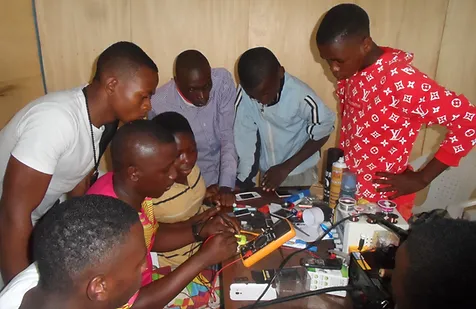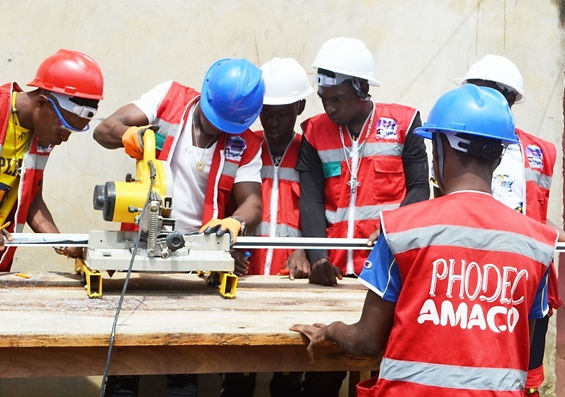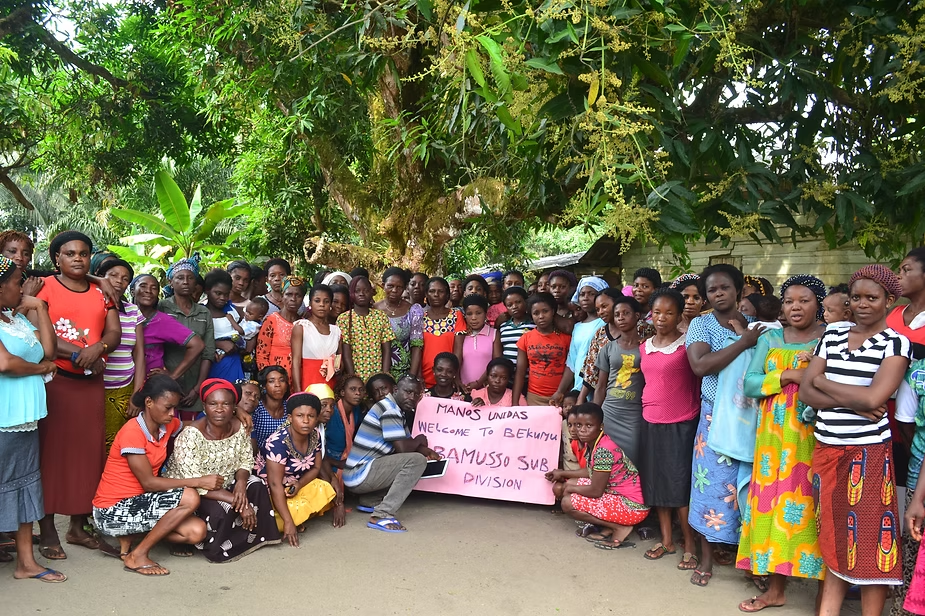Mobile phone repair training for youth, particularly in the context of Internally Displaced Persons (IDP), can be a vital initiative. It can provide meaningful skills development, promote self-sufficiency, and create job opportunities in a rapidly growing market. Below are some suggestions and components to consider when developing a mobile phone repair training program for youth in IDP situations:

Program Objectives
1. Skill Development: Equip participants with practical skills in mobile phone repair and maintenance.
2. Entrepreneurship: Encourage youth to start their own repair businesses or find employment in existing mobile repair shops.
3. Community Empowerment: Foster a sense of community and support among participants.
4. Economic Sustainability: Help participants gain financial independence and contribute to the local economy.
Training Curriculum
1. Introduction to Mobile Technology:
– Basics of mobile phone hardware and software.
– Overview of the mobile phone repair industry.
2. Tools and Equipment:
– Familiarization with repair tools (screwdrivers, soldering iron, etc.).
– Safety precautions when using tools.
3. Common Repairs:
– Screen replacement.
– Battery replacement and charging issues.
– Software troubleshooting and updates.
4. Advanced Repairs:
– Water damage remediation.
– Circuit board repairs.
– Troubleshooting connectivity issues.
5. Business Skills:
– Basics of running a small business.
– Customer service and communication skills.
– Marketing and branding strategies for repair services.
6. Hands-On Practice:
– Provide opportunities for participants to practice on real devices.
– Encourage participation in group projects or peer-to-peer learning.
Training Methods
– Workshops: Conduct hands-on workshops with experienced trainers.
– Online Resources: Supplement training with online tutorials and videos.
– Group Projects: Facilitate collaborative projects to encourage teamwork.
– Mentorship: Pair participants with experienced technicians for guidance.
Logistics
1. Location: Ensure a safe and accessible venue for training.
2. Equipment: Provide necessary tools and equipment for practice.
3. Duration: Decide on a training duration (e.g., several weeks) that allows for adequate learning.
4. Certification Offer a completion certificate to recognize the skills acquired.
Community Involvement
– Local Businesses: Partner with local mobile repair shops for guest lectures or internship opportunities.
– Community Leaders: Involve local leaders to promote the program and encourage participation.
– Parent Engagement: Inform and involve parents to get their support for the youth’s participation.
Evaluation and Support
– Feedback Mechanism: Implement regular feedback sessions to assess the training’s effectiveness.
– Post-Training Support: Create a follow-up support system for participants to assist with job placement or small business development.
– Alumni Network: Establish a network for graduates to connect, share experiences, and provide ongoing support.
Conclusion
A mobile phone repair training program can significantly impact IDP youth by providing valuable skills and opportunities in a challenging environment. With careful planning and community engagement, such a program can help foster resilience and economic independence among youth affected by displacement.



